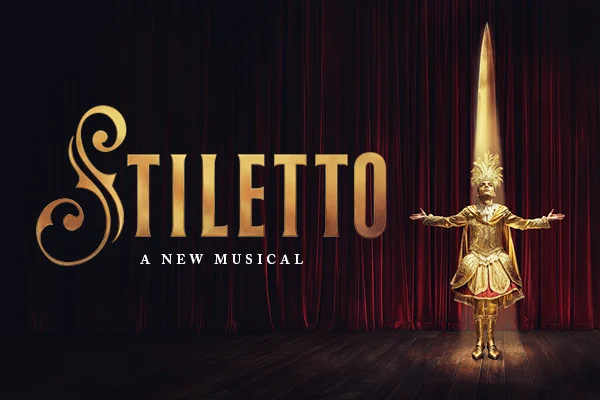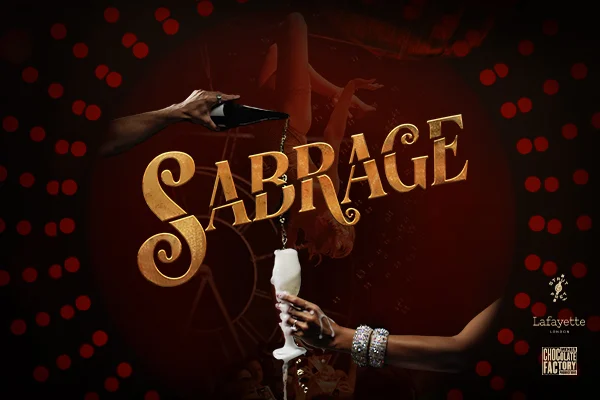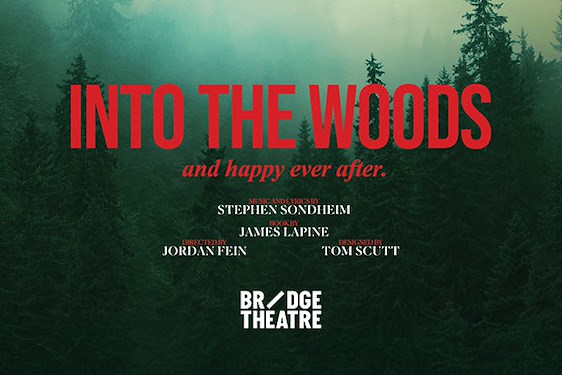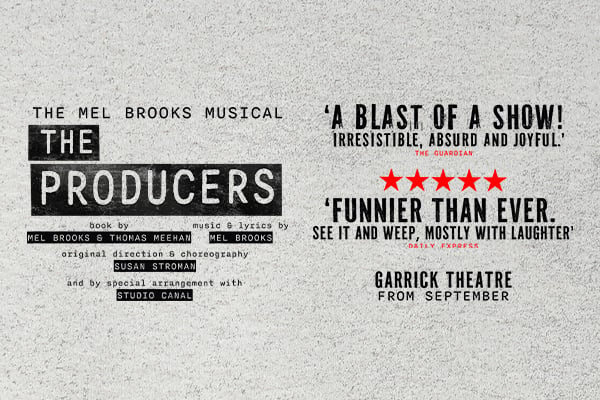Hello, The Hell: Othello is a dance and physical theatre presentation of Othello's and Iago’s afterlife in hell. It is an intriguing concept, but unfortunately this production does not fulfil its potential.
The idea of Iago torturing Othello for eternity is striking, but after the initial presentation it becomes static and repetitive
The set is spectacular, dominated by a hellish red, against which Desdemona’s white costume and the famous handkerchief contrast dramatically.
In hell, itself, Othello has to abide in a small temple. As soon as he steps out he is consumed by agonising pain. Iago endlessly tortures Othello by dragging or taunting him into leaving the temple. More significantly, Othello is also tortured by constantly having to re-enact the events that lead him to killing Desdemona. In these sequences Iago is presented as having magical powers to influence events.
The idea of Iago torturing Othello for eternity is striking, but after the initial presentation it becomes static and repetitive. There is no character or plot development. Iago himself is not presented as a person but like a devil or evil spirit. The nearest thing to a development is when Iago states he has discovered he is not tortured by the sins of his past because he accepts them. Othello, in contrast, can’t accept what he has done and even sometimes tries to change the cycle of death. There is a particularly creepily effective scene where Desdemona taunts Othello and encourages him to strangle her so that the cycle plays out to the correct conclusion.
Desdemona frequently appears on stage, but as a sort of projection rather than a character in her own right. Apart from the Shakespeare text before her death and the Willow Song, she only serves as a puppet for Othello’s torture.
The show is performed in Korean with English translation projected onto the back curtain. There is a distracting contrast between the subtitles that quote from the original play, and the rather more pedestrian text that has been added, especially with a lot of “eth”s added to the ends of words. (“Sayeth”, “speaketh” etc.)
The use of recorded soundtrack for much of the speech and the songs also distracts from concentrating on the performances. The soundtrack is orchestral and rather overblown, and often feels like a filmtrack at war with the intimate staging.
Othello himself, is the nearest player in the show to having a character. Amongst the mixture of recorded speech and subtitles, I’m not sure if Iago actually explained to Othello that the torture could be stopped if he just accepts what he has done. But if so, Othello is not shown as grappling with any choices: he just carries on being wracked with guilt and horror. All the actors were lively and impressive in their movements, but like Othello in the show, they are stuck in their environment.



















